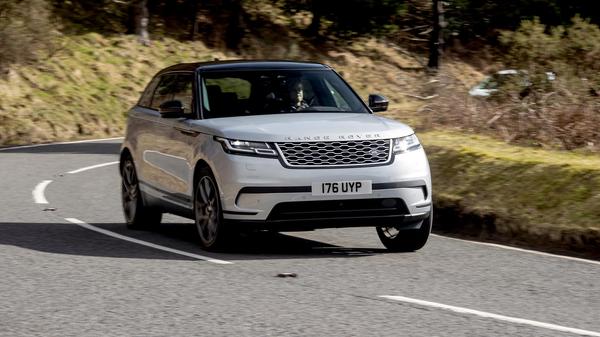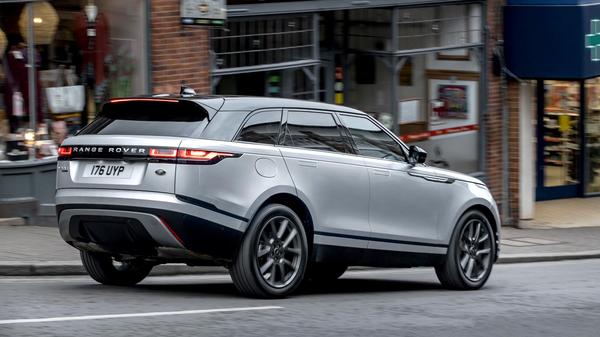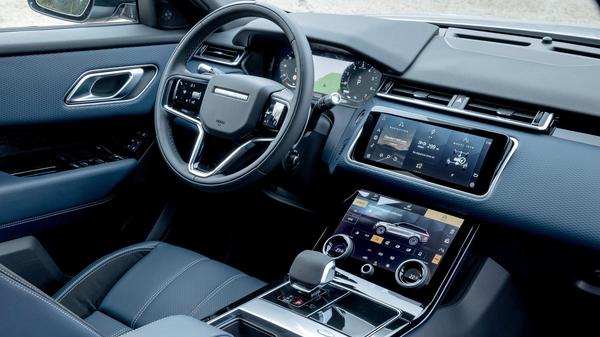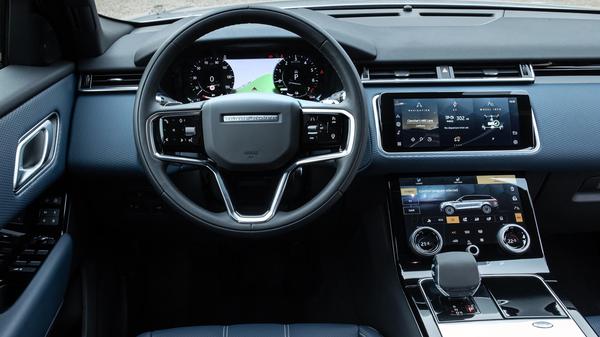Land Rover Velar SUV (2021 -) review
New engines and a full plug-in hybrid option add further appeal to Range Rover’s stylish and sporty Velar


Words by: Dan Trent
Published on 22 March 2021 | 0 min read
The Autotrader expert verdict:
Figuring out exactly where the Velar fits into the SUV market isn’t entirely straightforward. In Range Rover terms it’s bigger and fancier than an Evoque but slots in below the Sport in status and performance, though it’s arguably a much fresher product. Updated for the 2021 model year, this revitalised Velar adds new tech and an expanded range of mild hybrid engines. Big news, however, is the arrival of a full plug-in hybrid combining serious performance with tax-friendly CO2 and the ability to cruise for up to 30 miles or so on pure electric power. The Velar’s nearest rival, though? That’ll be the cheaper Jaguar F-Pace, with which it shares engines and common foundations.
Reasons to buy:
- Sleek looks
- Plug-in hybrid option
- Swanky interior

Running costs for a Land Rover Velar SUV

Reliability of a Land Rover Velar SUV

Safety for a Land Rover Velar SUV

How comfortable is the Land Rover Velar SUV

Features of the Land Rover Velar SUV
